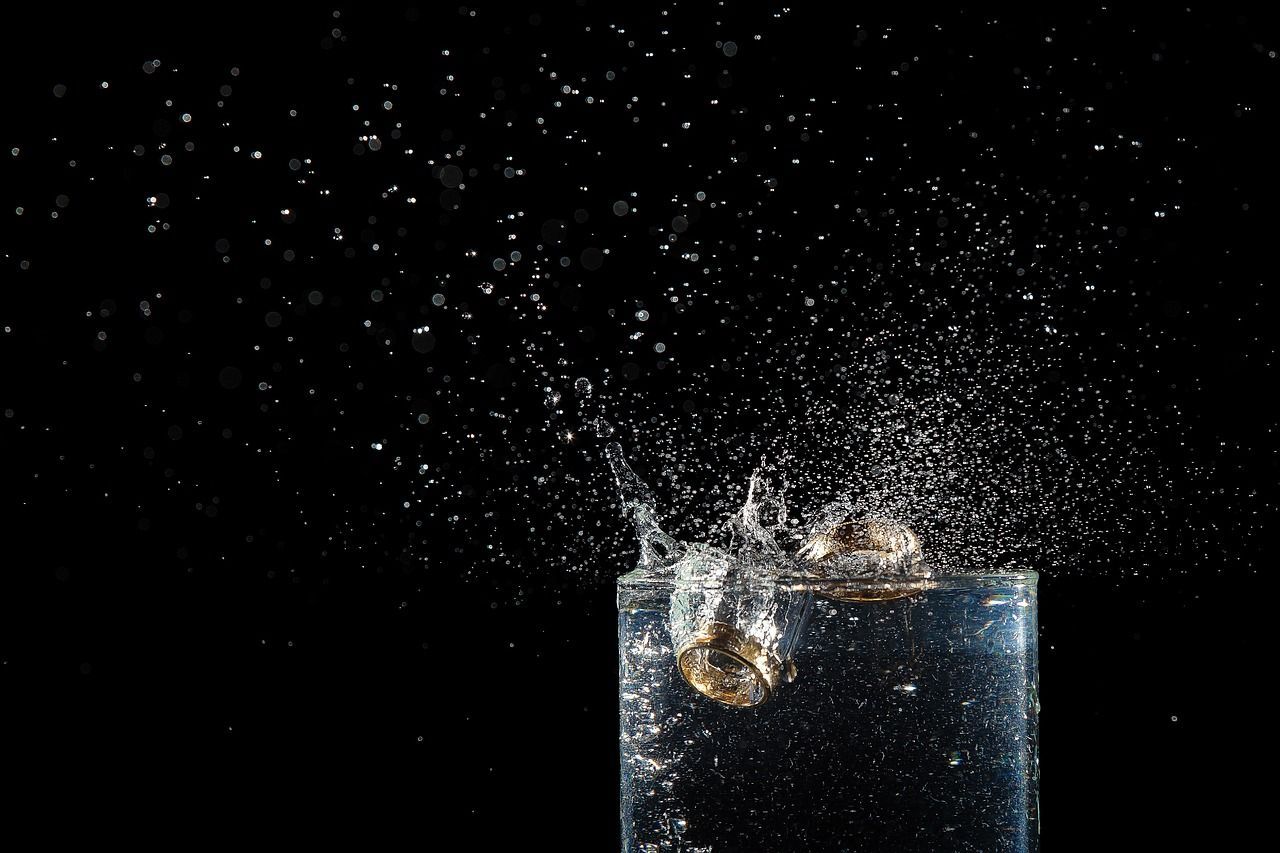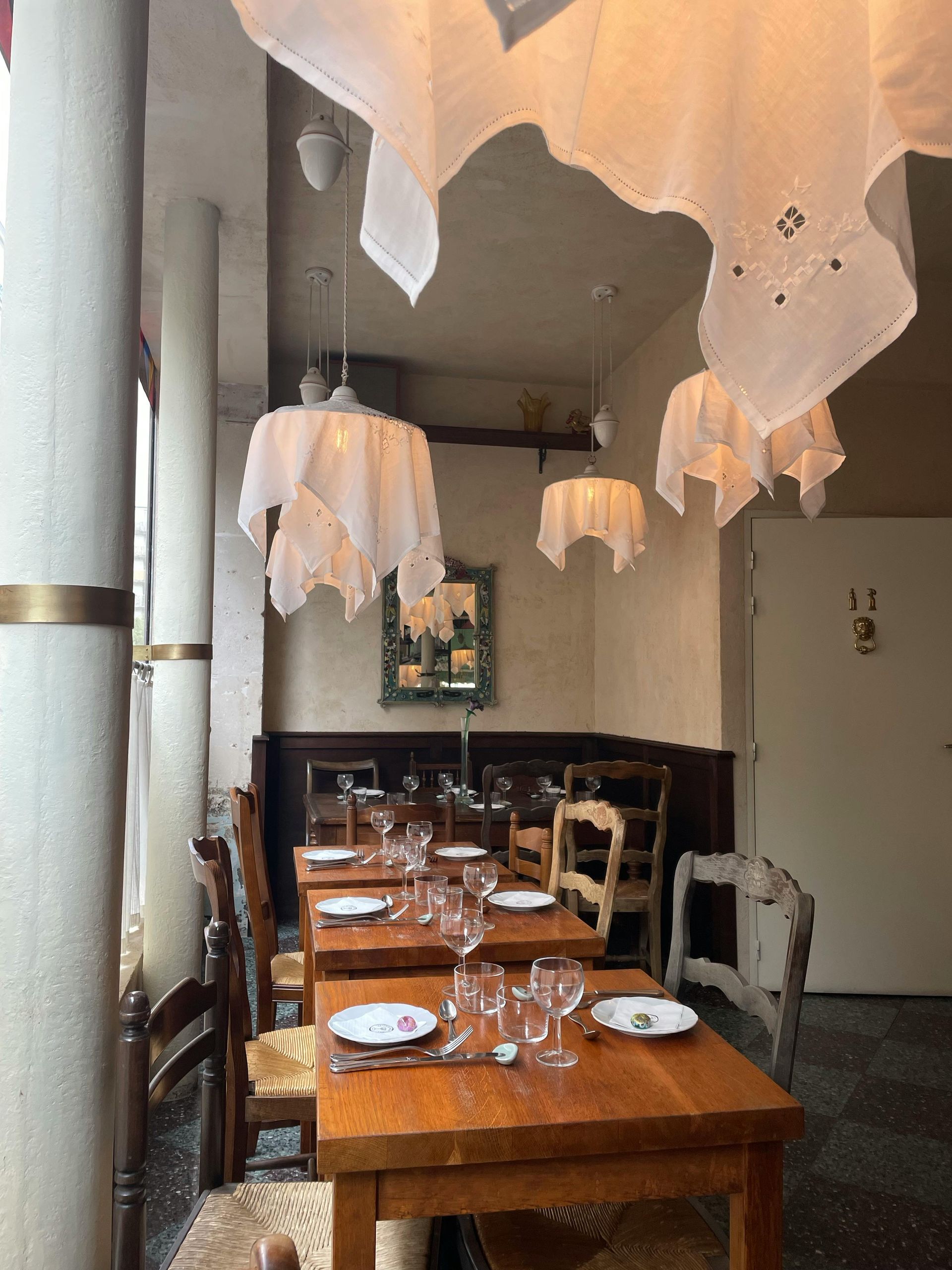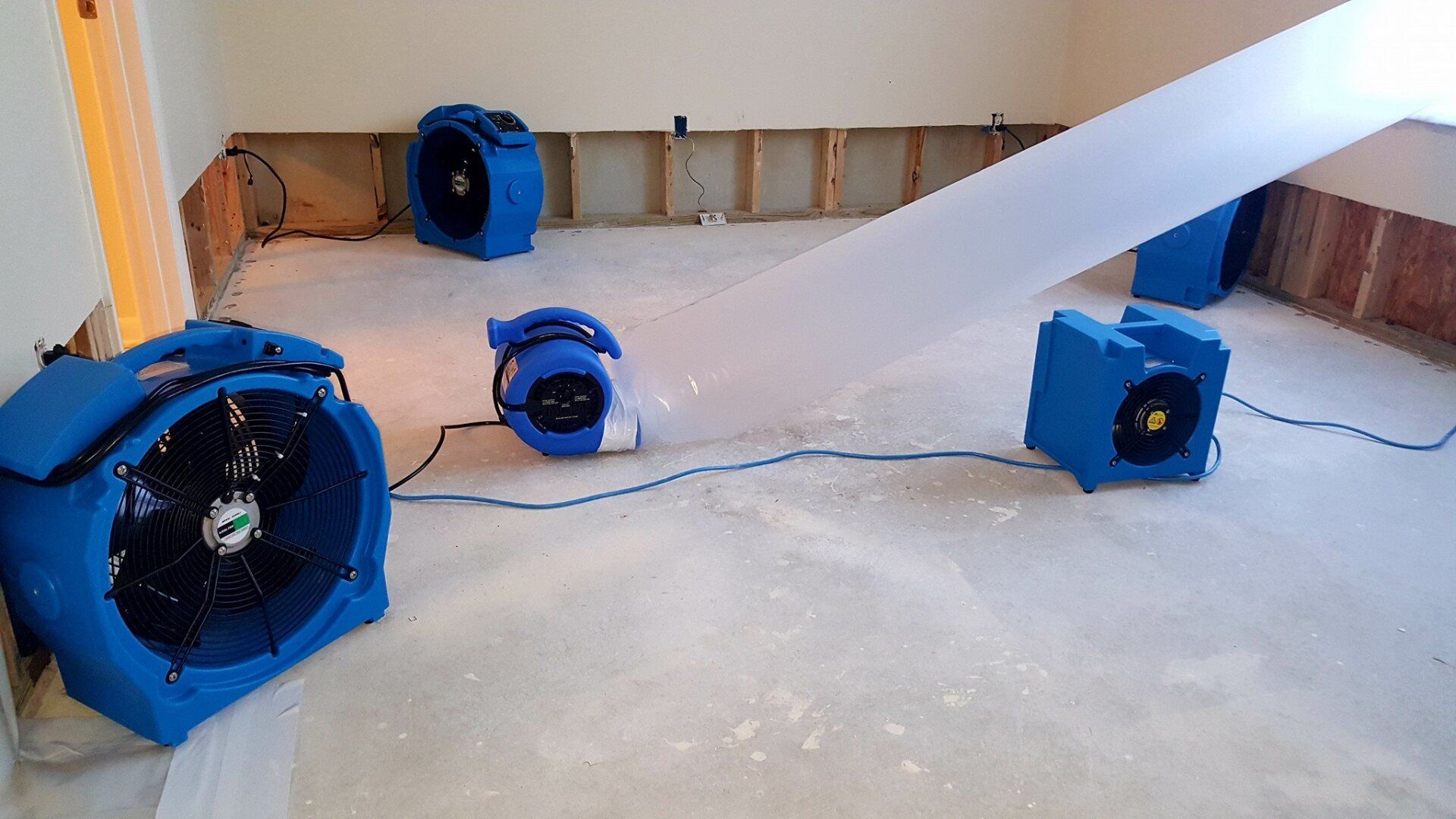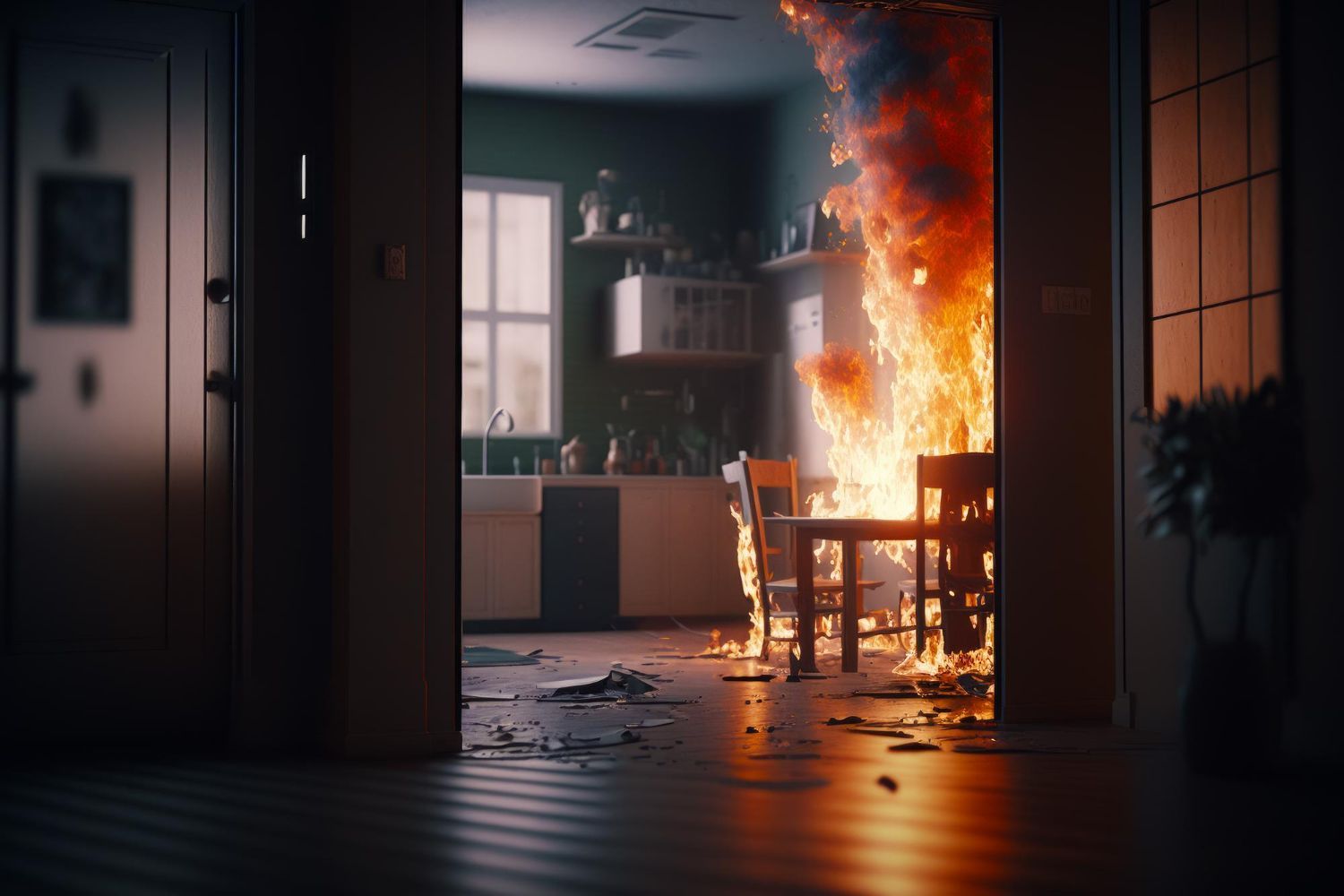Fire can be incredibly destructive, leaving behind significant damage that disrupts the comfort and safety of your home. Among the wreckage, hardwood floors often suffer greatly from fire's wrath.
The challenges of restoring these floors can seem overwhelming, making it hard to know where to begin. However, understanding the process can ease some of the stress and pave the way to recovery. It's not just about bringing back the visual appeal but also restoring the home's overall environment.
In Greenwood, IN, the task of repairing and revitalizing hardwood after such an ordeal might seem daunting, but the right guidance can turn the tide. Addressing fire-damaged hardwood floors involves carefully assessing the damage, cleaning soot, and choosing appropriate restoration methods.
Whether your floors are lightly charred or extensively burnt, each step in this restoration journey helps rebuild not just the floor, but the feeling of home, one board at a time.
Assessing the Damage
Once it's safe to return to your home, your first task is to understand the extent of your hardwood floors' damage. Recognizing the specific signs of harm can direct you towards the right course of action. Here's a practical checklist to help you evaluate the situation:
- Visible Charring: Look for areas where the wood may have been burned or blackened. These spots can indicate more severe underlying damage.
- Discoloration Patterns: Water from firefighting efforts often leaves stains and changes in the wood's color. Identifying these patterns helps determine which areas might need focused attention.
- Structural Weakness: Walk gently across the floor, taking note of any softness or sagging, which might suggest weakened supports underneath.
When the damage seems more than skin deep, it's wise to call in professional help. An expert can pinpoint issues that might not be immediately visible and ensure no hidden threats linger beneath the surface. A professional inspection is an investment in your peace of mind, ensuring that you address all potential problems before they escalate.
Cleaning Up Soot and Debris
Once you've assessed the floors, the next step involves clearing away the soot and debris. This process not only begins the actual physical restoration but also helps you reclaim your living space from the fire's grasp. To effectively clean, begin by removing loose debris using a soft broom or a vacuum with a brush attachment.
It's crucial to approach soot removal with care:
- Avoid Harsh Chemicals: Instead, use a gentle cleanser specifically designed for wood, paired with warm water, to lift soot without damaging the wood surface.
- Be Gentle: Employ soft cloths or natural bristle brushes to avoid scratching or embedding soot particles further into the wood.
Turning to professionals for help during this phase can be incredibly beneficial. They have access to tools and techniques that pull out embedded soot without risking additional damage. Expert cleaning not only restores appearance but also promotes a healthier living environment, clearing the air of harmful residues left behind by the fire.
Repairing and Restoring Hardwood Floors
Once the soot and debris are cleared away, it's time to focus on bringing the hardwood floors back to life. Repairing these floors typically involves a few key steps. First, any severely damaged boards should be removed and replaced. It's crucial to ensure that the replacement boards match the rest of the floor both in species and dimensions. Transforming a damaged floor into a beautiful, cohesive surface requires skill and precision.
Next comes the sanding process. Sanding the floors removes surface stains and any signs of charring that soot cleaning couldn’t eliminate. This part of the process should be handled with care, as sanding too aggressively can thin the boards and cause further damage.
Refinishing follows sanding. This involves applying a new finish to the floor to restore its sheen and protect it from future harm. Choosing the right finish is important, as it influences both the floor’s appearance and its resistance to stains and moisture. There are various finishes available, such as polyurethane or natural oils, each offering different levels of protection and aesthetic appeal.
Throughout these stages, the experience of professionals ensures that the restoration preserves not only the look but also the integrity and longevity of your hardwood floors. They have the expertise to make appropriate choices at each restoration step, providing peace of mind that the job is done right.
Preventive Measures for Future Protection
Once you've painstakingly restored your floors, you'll want to safeguard them against future damage. Start by installing smoke alarms in key areas like the kitchen and bedrooms to alert you early and minimize fire impact. Regular maintenance is also essential to keep your hardwood floors in top shape. This includes routine cleaning and promptly addressing any minor repairs to prevent them from escalating.
To further reduce fire risks:
- Keep Flammable Items Away: Store items like cleaning products and flammable liquids far from heat sources.
- Check Wiring Regularly: Ensure all electrical systems are in good condition, as faulty wires can start fires unexpectedly.
- Practice Safe Cooking Habits: Always keep an eye on cooking appliances and have a fire extinguisher nearby in the kitchen.
These actions create a safer environment for you and your family, preventing the trauma of another fire from unfolding and eliminating the need for extensive repairs.
Bringing Back the Beauty of Your Home
Once you've conquered the challenges of fire damage restoration, you'll find your home looks and feels refreshed. Restoring hardwood floors can feel like a daunting task, but with the right approach and expert help, your beautiful floors can shine once more. Through attentive care and preventative strategies, you ensure that your living space remains not just aesthetically pleasing, but also safe and comfortable for everyone. By taking these crucial steps, you reclaim the warm, inviting environment you cherish.
Revitalize your home’s allure by restoring your hardwood floors with Faulkner Restoration's expert assistance. Our team specializes in transforming fire-damaged floors back to their original splendor, ensuring a safe and inviting environment for your family. Explore our
damage restoration service to experience exceptional care and craftsmanship in bringing your living space back to life. Let us help restore not just your floors, but the heart of your home.
Contact Faulkner Restoration Today!
Faulkner Restoration will do everything we can to ensure your experience with us is excellent.
Request A FREE Estimate
Request a Free Estimate Form
Checkout Recent Post





